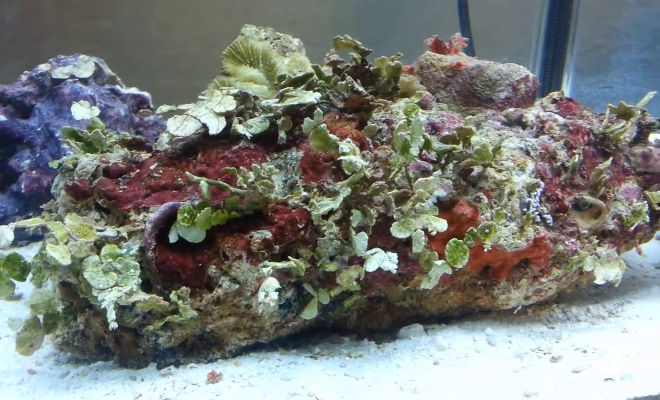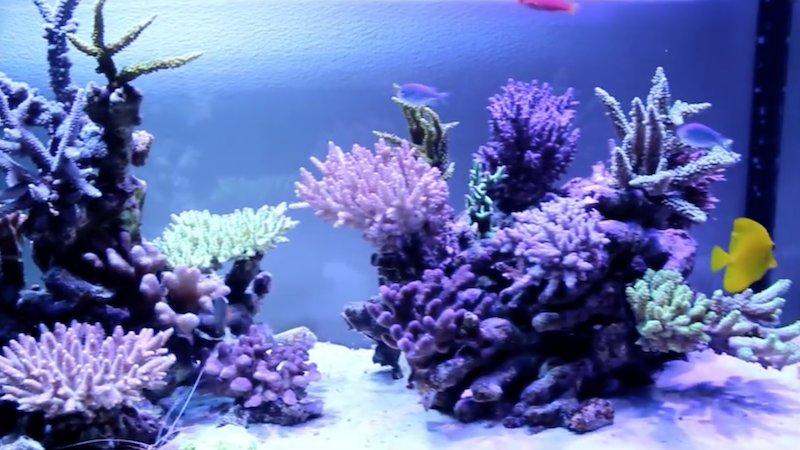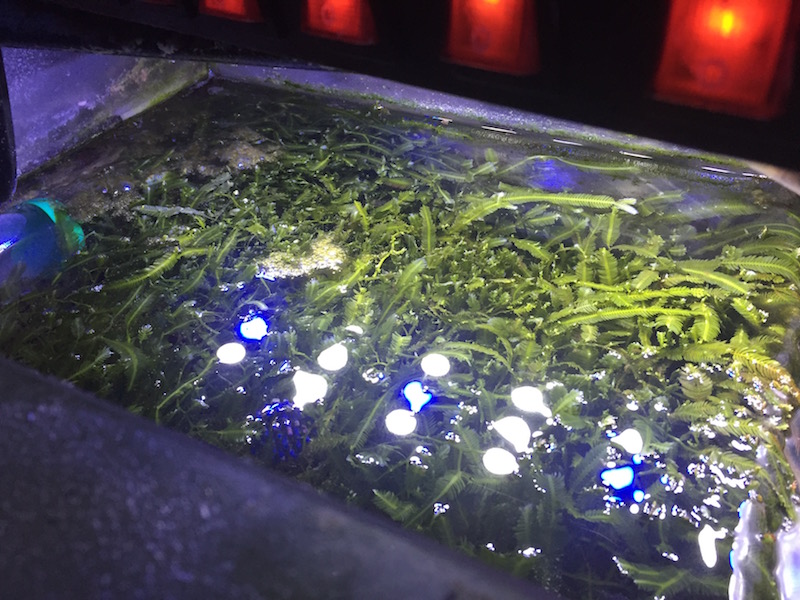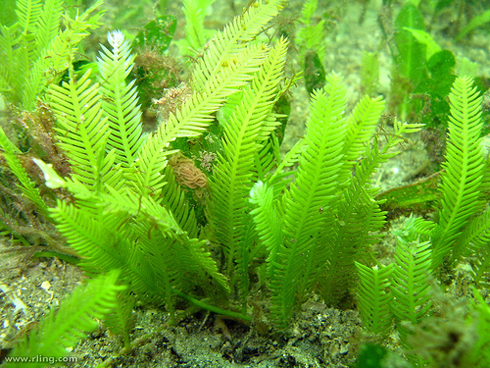You need to have a good sense of humor in this hobby when you’re told for decades to get rid of nitrate, only to be told now to dose it! Here are some natural filters, fashions, and nutrient control methods from years gone by.

Live Rock
Live Rock is calcareous rock taken from the oceans and teaming with the sorts of desirable algae, beneficial bacteria, and tiny critters that we once all sought to introduce to our reef tanks. Good live rock has an open structure made up of compressed coral skeletons and layers of calcareous algae, and used to be collected from the clean, clear waters around Fiji.
One piece of good live rock was literally a mini reef in itself back in the day, and place it in your tank, leave it overnight and the following day you could see the tracks where life had crawled off and seeded every corner of the tank.
The Berlin System utilized a combination of bright lighting, a protein skimmer, powerheads, and live rock, many principles of which we all still use to this day. But the quality of rock dwindled, wild rock collection areas got shut down, and when it brought unwanted hitchhikers with it and wasn’t the nitrate-reducing miracle we were all told it was, meant that we slowly moved on to dry rock, mined rock, or hand made ceramic alternatives.
Looking back, we miss the life it brought, but we don’t miss the curing, the pests or the wall-to-wall rock piles.

Plenums and Deep Sand Beds
In the 1990s to early 2000s the reefing hobby was obsessed with living sand beds to solve all our nitrate problems, and many a display tank was adorned with a plenum or deep sand bed of some 4” deep or deeper. Live rock was an essential part of any reef aquarium back then, but we craved even more biology in the tank to offer us a more complete Nitrogen Cycle as well as millions of tiny critters to help process detritus on the sand.
Aragonite was (and still is,) the weapon of choice for its additional buffering capacity, only hundreds of pounds of it was used in some cases to create an anoxic sand layer deep down where nitrate-reducing bacteria would develop and get to work.
Substrate sifting gobies were a no-no with deep sand beds and plenums because they would turn over the still sand bed and plunder it of its tiny invertebrates. Live Sand was born out of that craze, harnessing live bacteria harvested on substrates harvested from the oceans, only these days we keep our sand beds much thinner at just 1” deep, vacuum them regularly, or remove them altogether.

Zeolite
Zeolite is still sold by many high-end reef product companies and its use was championed as part of the Ultra Low Nutrient Systems coming out of Germany about 15 years ago. ULNS was all about low nitrogen levels, produced by filtering through Zeolite to remove the ammonia that could go on to become nitrate, and then further lowered by probiotics and a carbon source to really scour the water (and the coral’s zooxanthellae,) to produce the palest or pastel colors in SPS corals.
Fast forward and we now realize the benefit of having some nitrate and phosphate to color our corals and help them grow, so although still widely available, we don’t currently know anyone who still uses it.

Bubble scrubbing
This craze seemed to go away as quickly as it came in, but about five years ago there was a lot of chat online and in stores about bubble scrubbing. Hook up an airstone next to your return pump, let it blow microbubbles into your tank and they would stick to detritus and cyanobacteria before rising up, going down the overflow, and being caught by mechanical filtration.
A lot of people tried and had good results with it, but its main cause of death was probably that no one could really commercialize this DIY technique and now, due to better hygiene from roller mats and open rock structures, our tanks run a lot cleaner anyway.

Algae refugiums with mud beds
We still have the magazine adverts from the last century, and mud beds combined with Caulerpa promised a lot! The mud was a take on the Deep Sand Bed idea mentioned above, only even finer sediments could enable nitrate reduction in a much shallower bed, fortified with a whole host of trace elements in the mud and a great place for microbes and tiny invertebrates to live in.
Mud beds were the original “refuge,” where critters could munch on mulm, multiply and then spill into the main tank as free live food. Caulerpa would root into the nutritious substrate, suck up CO2, and pump out oxygen on a 24-hour-a-day lighting cycle, and would also use up nitrate and phosphate as fertilizer as it grew.
It was a revolutionary method with the macroalgae part and benefits still very much in use to this day. The skimmer-less claims didn’t do much for the protein skimmer faithful however, many converting to hybrid mud/skimmer methodology, and invasive Caulerpa became established in main displays as well as natural waterways, making way to Chaetomorpha, which didn’t need the mud for a foothold.
ICP testing has brought some mud brands a stay of execution, only now it’s added to the main tank as a nutrient, element, and bacteria boost and not often lit-up and planted like in the days of old.



